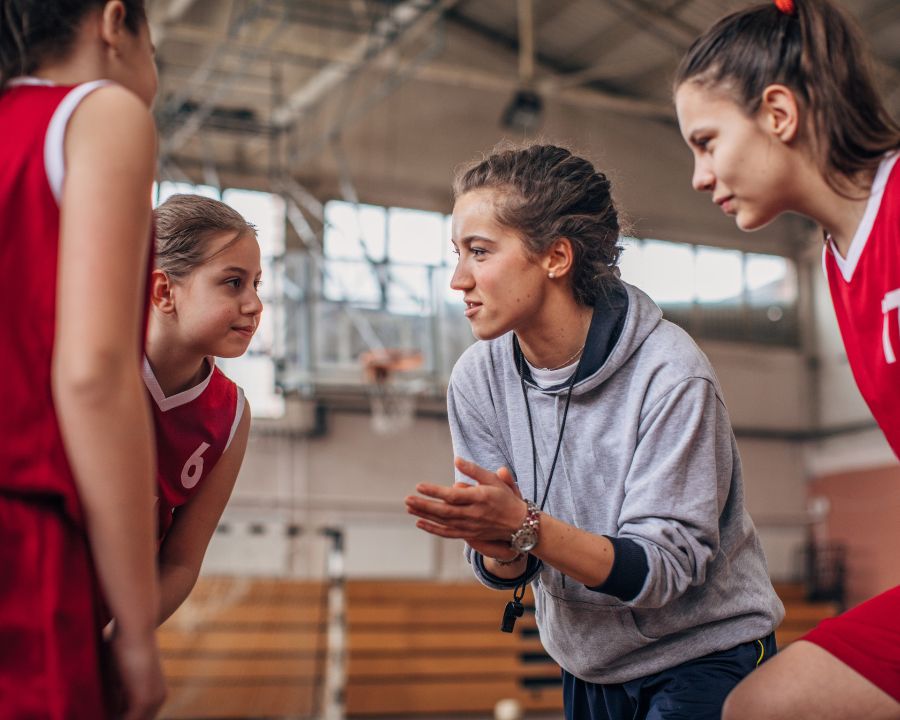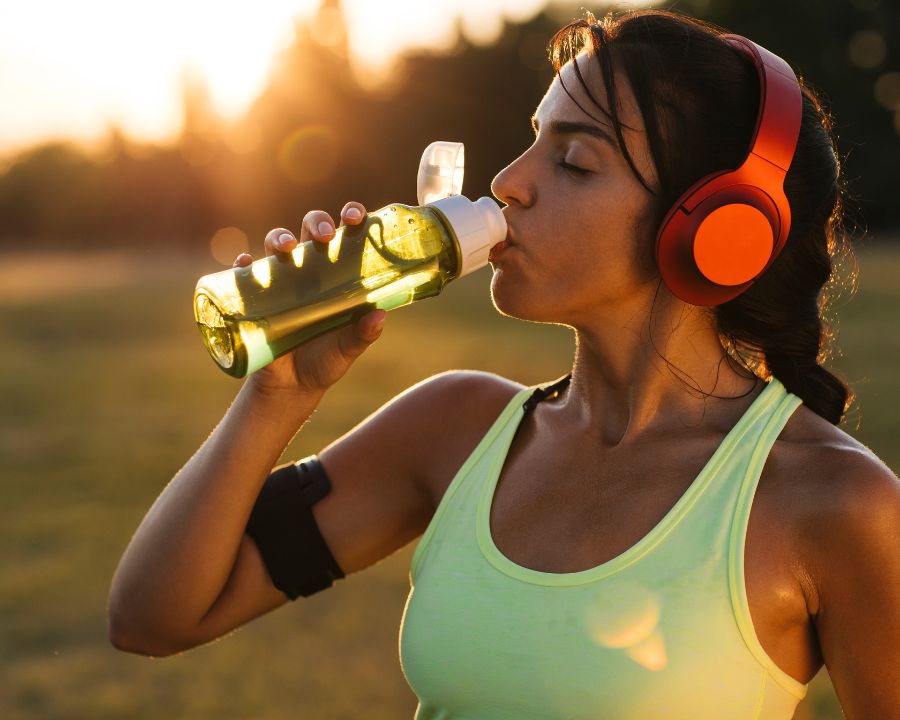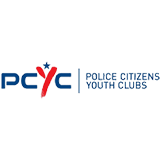How parents can help minimise sports-related injuries in youth
Empower your child’s athletic journey by instilling important safety strategies.
From self-esteem to social skills, sports participation offers several benefits for young athletes. However, the risk of injury is an important concern for parents. In 2018-19, 17,500 sports-related injuries led to hospitalisations among young people between the ages of 15 and 24 (AIHW, 2021).
Parents play an important role in safeguarding their children’s well-being during sports activities and having a solid grasp of the common risks and measures to prevent injuries, sports-related injuries in youth can be significantly minimised.
As parents, there are practical strategies that you can use to support your child’s safe pursuit of sporting activities. From using the right equipment to better training approaches, injuries can be reduced while also ensuring that young athletes have a positive sporting experience. Here’s how.
How parents can improve safety and minimise sports-related injuries in youth
Research shows that parents often discourage sports participation over concerns of injury. While this is true of most, if not all sports, Australian football was found to be the leading sport that parents were worried about. Let’s take a look at how parents can ensure sports safety for young athletes.

Encourage rest and recovery
Help your child understand the importance of getting adequate rest between training sessions and competitions. Overtraining can result in burnout, increased risk of injury, and even fluctuations in performance. Ensure that they get enough sleep because it plays a big part in mental well-being and physical recovery. Encourage them to communicate any pain or discomfort and be as supportive as you can during off-season and rest days. See it as a time for rejuvenation rather than a setback in training.

Promote open communication
Ensure that you have an open line of communication with their coaches as there will be more insights that can give you the information you need to make better decisions to minimise sports-related injuries in youth. Talk about training methods, injury prevention techniques, and any concerns you have. A collaborative approach between parents, coaches, and young athletes can create a safer environment. Your involvement sends a clear message to your child and their coaches that safety is important to you.

Promote a balanced approach
Encourage your child to participate in various sports and physical activities rather than focusing on one sport at an early stage. Cross-training also helps develop different muscle groups and reduces the risk of repetitive strain injuries. Support a balanced lifestyle that includes time for academics, social activities, and rest. Help them create realistic goals and manage expectations. The primary goal of youth sports isn’t just about competition, it’s also about personal growth and enjoyment.

Ensure proper nutrition and hydration
A balanced diet and hydration are essential for young athletes. Ensure your child has a nutrient-rich diet that supports growth, energy, and recovery. Emphasise the importance of staying hydrated during physical activity and teach them the signs of dehydration. Consider consulting a sports nutritionist for personalised advice, especially in high-intensity or endurance sports. Proper nutrition and hydration play a big role in enhancing performance and reducing the risk of fatigue-related injuries.
What Our Community Says About Us
Our Partners





Support safer sports experiences for Australian youth with Youthsafe
Youthsafe promotes the safety and well-being of young people in different scenarios like driving, socialising, sports, and work. With a focus on injury prevention, we offer a range of services and programs designed for youth, parents, and community organisations.
Our initiatives include educational workshops, resource development, and community programs to implement best practices in injury prevention and risk management.
FAQs
While all sports carry some risk of injury, some are considered lower risk than others. Swimming, for example, is often regarded as one of the safest sports due to its low-impact nature and reduced risk of collision injuries. However, it's important to note that proper training, equipment use, and supervision are key factors in making any sport safer for children.
If your child sustains an injury during sports, the first step is to stop the activity immediately. Apply first aid as appropriate, which may include the RICE method (Rest, Ice, Compression, Elevation) for many minor injuries. However, if your child has a serious injury then obtain immediate medical attention.


